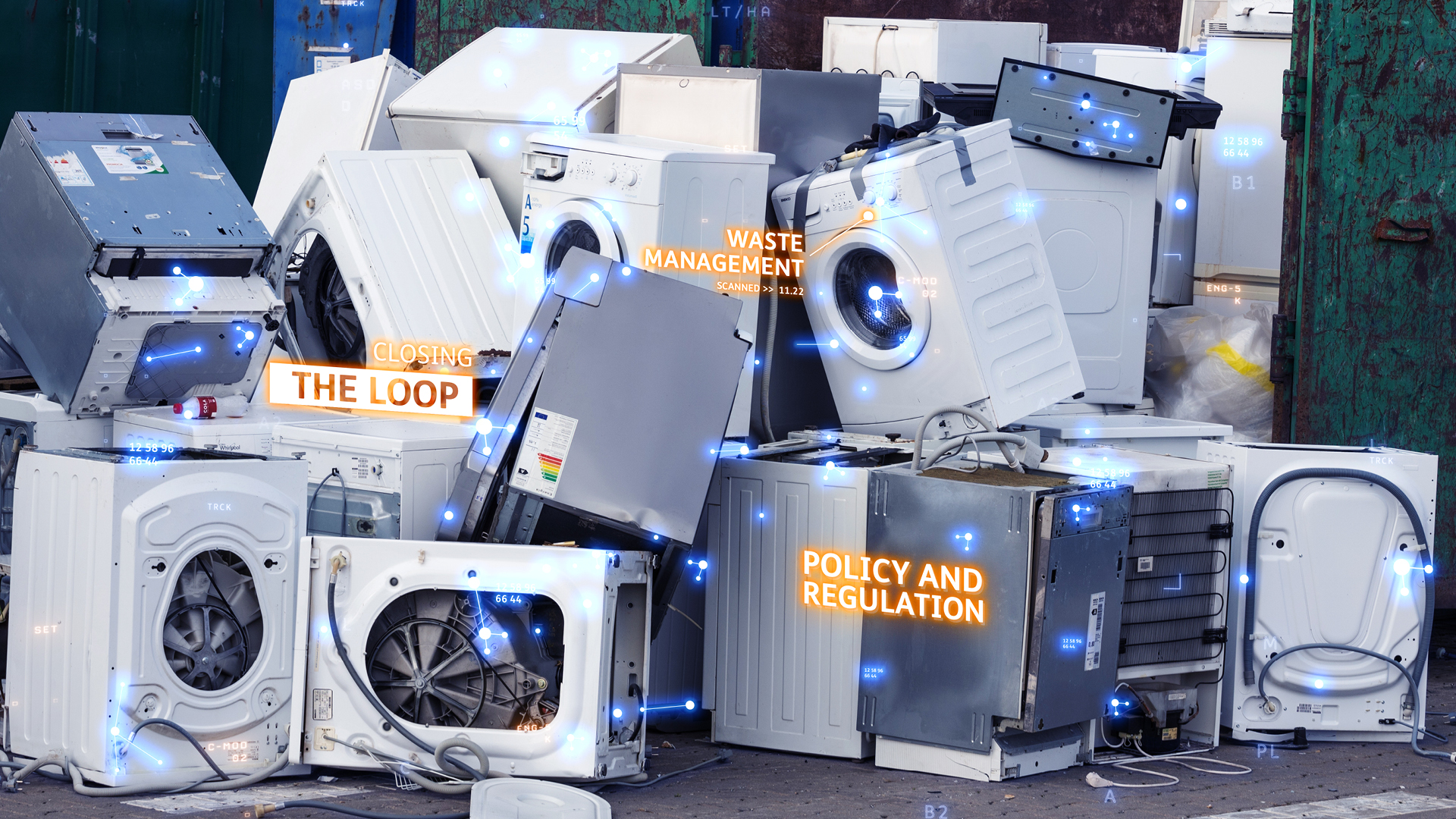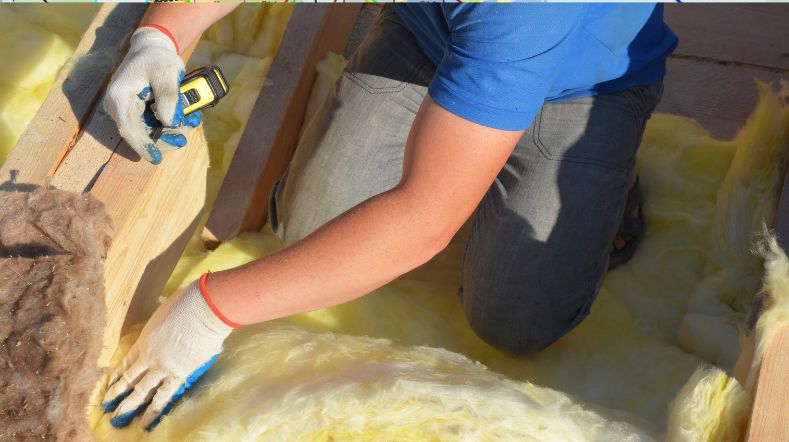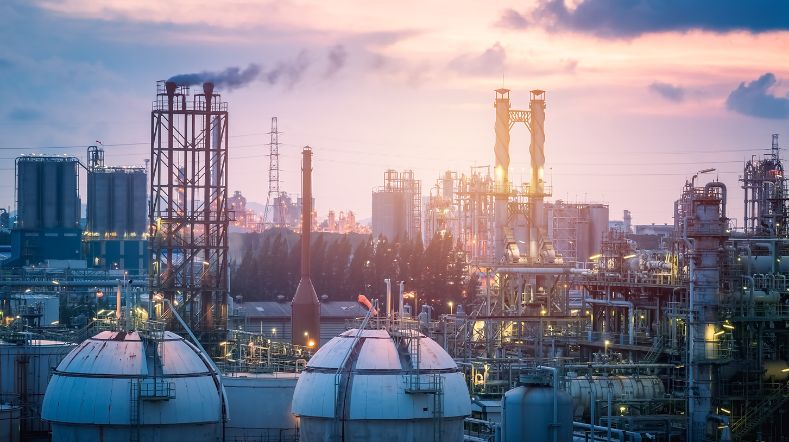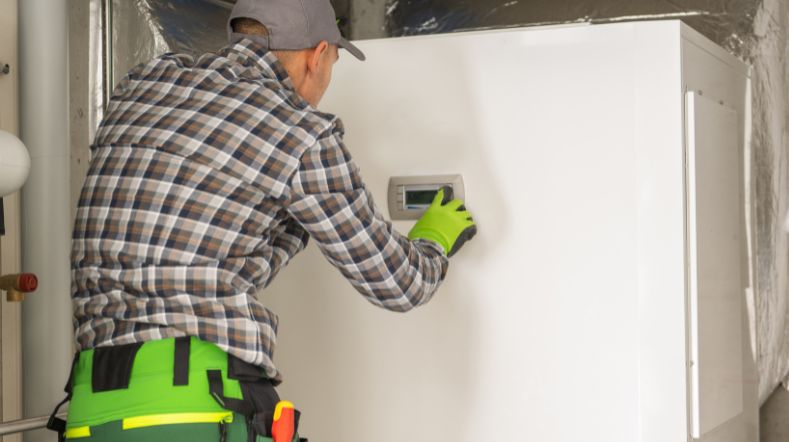
The path to greater autonomy in critical raw materials
Everything from life-saving devices like pacemakers to a device that rarely leaves our hands – the smartphone – is produced from critical raw materials. In many cases, Europe relies heavily on a handful of countries such as China, Türkiye and South Africa to procure these commodities. However, global developments are putting a strain on the security of supply. That is why TNO is developing solutions and strategic insights to reduce our dependence and ensure a secure supply of critical raw materials.
What are critical raw materials and what are they used for?
The European Commission has currently identified 34 critical raw materials (CRMs) that have two things in common:
- They are economically essential for strategic sectors.
- There is a high risk of supply issues. This is partly because they are only produced in a few countries and partly because the possibilities of substituting the commodity are limited.
Digital technology, such as smartphones
- Lithium, cobalt, and nickel in batteries
- Gallium in chips
- Tantalum in electronic components
Health care
- Titanium in pacemakers and implants
- Helium for cooling MRI scanners
- Cobalt and chromium in prostheses
Energy transition
- Rare-earth metals (neodymium and praseodymium) in permanent magnets for wind turbines
- Silicon in solar panels
- Lithium, cobalt, and nickel in batteries
Critical raw material extraction and processing are often highly concentrated in a number of regions worldwide. Many raw materials are processed mainly in Asia, but a particular resource is often mined in a limited number of places. Many raw materials are processed mainly in Asia. For example, the EU obtains:
- almost 100% of its heavy rare-earth metals from China;
- 98% of its boron from Türkiye;
- 71% of its platinum from South Africa.
Rising demand meets uncertain supply
Demand for critical raw materials is on the rise, driven by the energy transition and digitalisation of society. Wind turbines, solar panels, and electric car batteries all contain many of these critical raw materials. Add to that the fact that the world population is growing, and prosperity is increasing in emerging economies.
However, this rising demand coincides with an increasingly uncertain supply. Countries are increasingly using their control over critical raw materials as a means of power in international relations – one example being the export restrictions placed by China on commodities such as germanium, scandium, and various rare-earth elements (REEs).
Government initiatives
In 2022, the Netherlands published the National Raw Materials Strategy, which aims to increase security of supply through circularity, sustainable alternatives, and a lower environmental impact.
The European Union has responded to the challenges with the Critical Raw Materials Act (CRMA), a regulation that was adopted in 2023 and came into force in 2024. The CRMA lays down specific targets: by 2030, the EU needs to be extracting at least 10% of its critical raw materials itself, process 40% within Europe, and recycle 25% of them. The CRMA also caps dependence on a single country for any critical raw material at 65% of total EU consumption.
How TNO is contributing to resource autonomy
Although the risks are real, TNO takes an optimistic view thanks to the use of technology. We are currently working on several pillars to reduce risk and boost innovative technologies, solutions, and insights.
Netherlands Materials Observatory (NMO)
At the behest of the Dutch Ministry of Economic Affairs, TNO has set up the Netherlands Materials Observatory (NMO). As the core information platform for critical raw materials, the NMO systematically maps out value chains and monitors supply risks. The aim is to create awareness of the availability and security of supply of critical raw materials among businesses and policymakers. By monitoring these value chains, we can identify risks early and thereby boost the security of supply. The NMO is run by TNO together with knowledge partners, businesses and civil-society organisations.


Getting maximum value out of the urban mine
TNO is also working towards a circular future by making better use of critical materials from the ‘urban mine’. We are mapping out material streams, developing advanced recycling technologies, and advising on effective policies. For instance, we are improving the way valuable raw materials are collected and recovered from items including batteries, circuit boards, and solar panels. With our insights, we are helping businesses and government bodies make strategic choices and break down barriers.
New materials and processes
Our mission is to improve supply chain robustness and reduce costs of high value materials. We therefor develop safe, sustainable, and economically viable alternatives to Critical Raw Materials (CRMs). In collaboration with the industry, we are pioneering innovative technologies in 3 different areas: alternative sourcing, material replacement and design for circularity.

Working together on solutions
We are exploring real opportunities to improve security of supply and increase our raw material autonomy. This does require a coordinated approach by government bodies, businesses, and knowledge institutions. The new European Critical Raw Materials Act provides a clear framework: more European production, better recycling, and diversification of supply. At TNO, we are helping to achieve these goals with our knowledge, innovation, and strategic advice.
Get inspired
Nuclear energy in our future energy system


Climate fund applications from the perspective of broad prosperity


Disruptive energy technologies for the future mapped out


Switching to a heat pump is financially attractive for 90% of single family homes


Impact of renewable energy and raw material imports on Dutch industry




